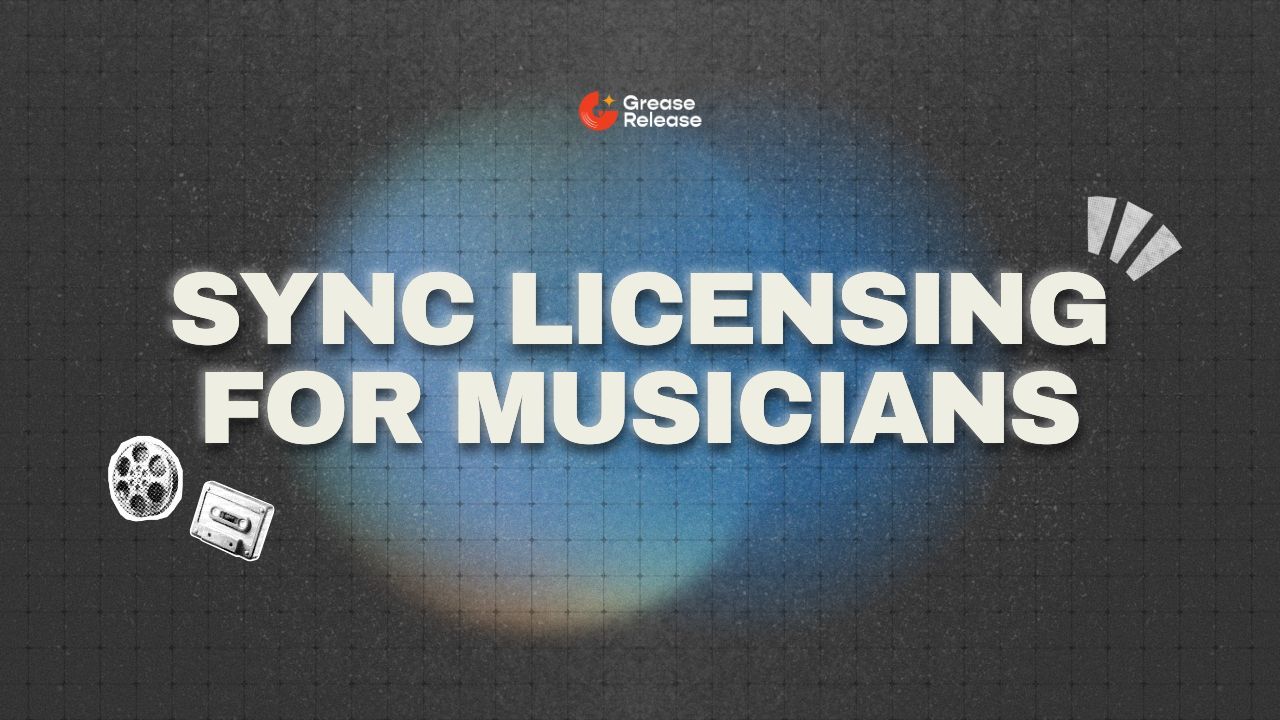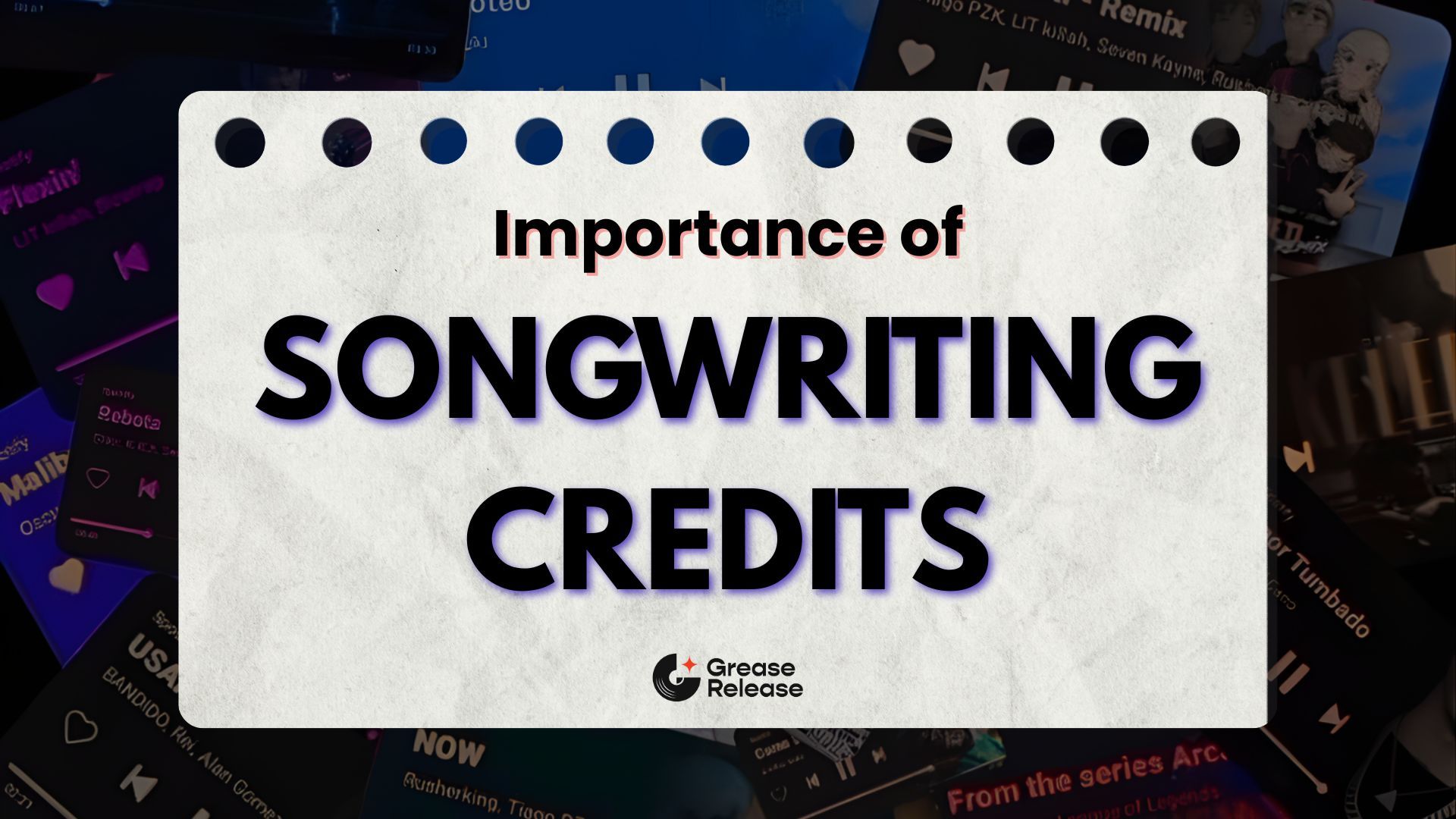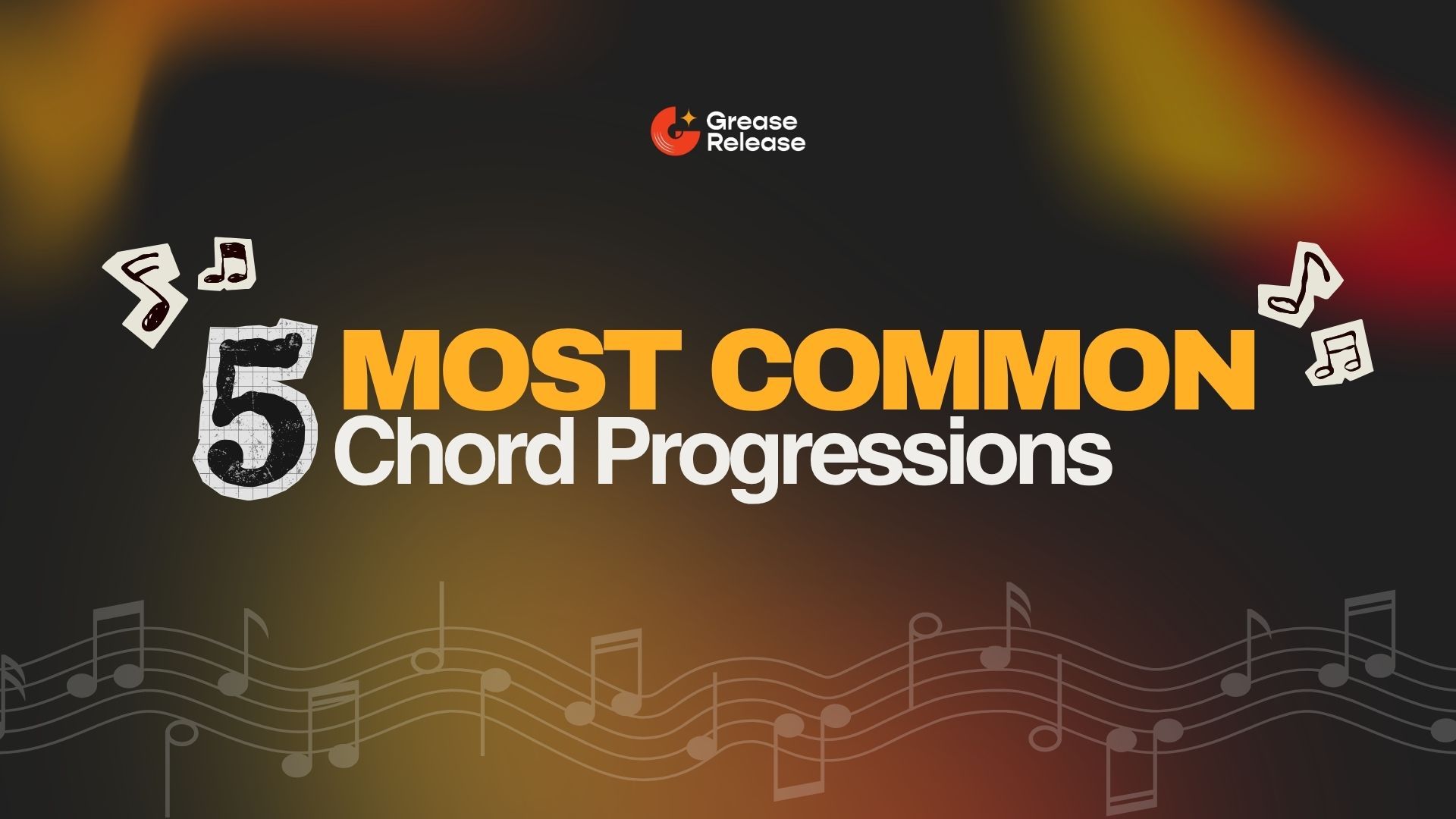
How to get on Spotify’s Algorithmic Playlists?
Aug 13, 2025Master Spotify Algorithmic Playlists to Grow Your Streams and Audience
Spotify’s algorithmic playlists are one of the most powerful tools for getting your music heard by the right audience. Unlike editorial playlists curated by humans, these are automatically generated based on each listener’s taste and activity. They adapt in real time to changes in listening behavior, making them a constant source of discovery for active users. For artists, this means that even without a big label or direct playlist connection, you can still tap into Spotify’s recommendation system to reach new fans. Understanding how these playlists are formed and what factors influence them can help you shape your release strategy, boost your Spotify stream count, and build a sustainable presence on the platform.
We’ll be taking a look at the following:
What are Spotify Algorithmic Playlists?
Spotify algorithmic playlists are automatically generated music collections tailored to each user based on their Spotify listener history. Popular examples include Discover Weekly, Release Radar, and On Repeat. These playlists adapt in real time, ensuring users always have fresh music recommendations that align with their tastes. Unlike editorial playlists curated by humans, these are powered by algorithms and data based on listeners’ habits. For independent artists, landing a track on a Spotify algorithmic playlist can boost their reach and Spotify stream count, helping them appear in more users’ feeds without direct playlist pitching to Spotify playlists curators.
There are a total of 5 types of Spotify Algorithmic Playlists-
Discover Weekly
Discover Weekly updates every Monday with a curated list of tracks the algorithm thinks you will enjoy. It studies your Spotify listener history and compares it with similar profiles to recommend new music.
For artists, getting placed here can bring a large spike in Spotify stream count and expose their music to entirely new audiences.
Release Radar
Release Radar refreshes every Friday with new music from artists you follow and from similar genres you listen to often. It is one of the most effective algorithmic playlists for driving early engagement and boosting Spotify streams statistics because it targets listeners already interested in your style.
Daily Mixes
Daily Mixes are multiple playlists that combine your favorite tracks with new songs in the same mood or genre. They are based heavily on your Spotify listener history and are updated frequently. Appearing in Daily Mixes can lead to consistent plays over time and a healthy increase in your Spotify stream count.
On Repeat
On Repeat focuses on the songs you have been playing most often in recent weeks. For artists, this playlist is proof that their music resonates enough to be played again and again. High engagement here can positively influence the algorithm and increase your chances of being added to other Spotify algorithmic playlists.
Repeat Rewind
Repeat Rewind resurfaces tracks you loved in the past but have not listened to recently. This playlist taps into nostalgia and can revive interest in older releases, which can help improve overall Spotify streams statistics and maintain listener engagement long after a song’s initial release.
DJ Playlists
Spotify’s recent updates introduced an AI-powered DJ feature, which acts like a virtual radio host curating a continuous stream of songs with personalized commentary between tracks. It blends familiar favorites with new discoveries, giving listeners a dynamic and interactive music experience.
How do Spotify Algorithmic Playlists Work?
Spotify algorithmic playlists are made from the data sourced by an advanced recommendation system that studies each listener’s listening history, tracking every song played, skipped, saved, or repeated. The algorithm combines this with the Spotify stream count of each track to measure its popularity and engagement across different audiences. It also compares your listening patterns to those of similar users, so if your song performs well within a certain group, it is more likely to be recommended to others with the same tastes. Track analysis plays a key role too, as Spotify examines tempo, mood, and genre to decide which playlists your music fits into.
Features like Spotify playlist radio rely on the same technology, building continuous mixes of similar songs to encourage music discovery. Unlike editorial playlists curated by Spotify playlists curators, algorithmic playlists are entirely data-driven, using listener behavior and Spotify streams statistics to determine who hears your track next. Consistent engagement, high save rates, and low skip rates can lead to placement in multiple Spotify algorithmic playlists, which helps grow your audience and boost overall reach.
How to Get on Spotify’s Algorithmic Playlists?
Unlike the Spotify Editorial Playlists, you can not pitch your music for these playlists. Spotify's Algorithmic Playlists are personalized to each listener. Getting placed in a Spotify algorithmic playlist means showing the platform that your music is relevant and engaging. The algorithm studies your Spotify listener history, Spotify stream count, and Spotify streams statistics to decide who might enjoy your songs. Strategic preparation and consistent audience interaction are key to improving your chances.
- Add complete and accurate metadata to your releases so the system understands your genre, mood, and style, and matches you with the right listeners.
- Pitch your track early through Spotify for Artists so it is properly categorized before it goes live.
- Encourage followers to engage with your profile and new releases to build early traction.
View this post on Instagram - Promote your music before and after release across multiple platforms to boost initial plays.
- Work with playlist curators who can place your songs in active playlists that feed algorithmic discovery. You can check out platforms like Greaserelease, Submithub, Groover, etc.

- Release music regularly to keep your profile active and give the algorithm new material to recommend.
- Focus on producing high-quality tracks that appeal to your target audience so engagement stays strong.
How to Trigger the Spotify Algorithm?
Spotify’s algorithm looks for meaningful listener behavior to decide if your music should be pushed to new ears. It tracks metrics like save rate, skip rate, and playlist adds to determine if your song resonates.
Understand key engagement signals
High save rate signals listener intent. When someone saves your track, they’re three times more likely to listen again. Aim for a double-digit save percentage to grab the algorithm’s attention. Low skip rate, especially in the crucial first 30 seconds, shows Spotify that your song holds the listener’s interest. A smooth, engaging intro helps reduce skips. Playlist adds from users indicate lasting appeal. When your track is added to personal playlists, it prompts Spotify to recommend it to similar listeners.
Build strong momentum early
Spotify pays close attention to what happens within the first 24 to 48 hours after release. Generating genuine streams, saves, and playlist adds quickly tells the algorithm your track is worth recommending.
Wrap it up in strategy
Create music that immediately captivates, promote smartly before and after release, and focus on authentic listener engagement, not just numbers. The algorithm rewards quality and connection.
Final Thoughts
Breaking into Spotify’s algorithmic playlists takes more than luck. It is about understanding how the system works and giving it the right signals. By focusing on consistent quality, strong early engagement and genuine listener connections, you increase your chances of being discovered by new audiences and building lasting momentum for your music. The more you nurture these signals with each release the stronger your presence becomes in Spotify’s recommendations helping you reach listeners who are most likely to love and share your tracks.
We at GreaseRelease, have a bunch of curators on our network who are looking for new & exciting music to push on their massive playlists. If you make music and want to reach a wider audience, check out our submission platform and get a chance to reach millions of listeners! Submit your tracks now!
Don't miss my newsletter!
Join me on a music entrepreneurship journey with new tips and tricks delivered straight to your inbox.
We hate SPAM. We will never sell your information, for any reason.




